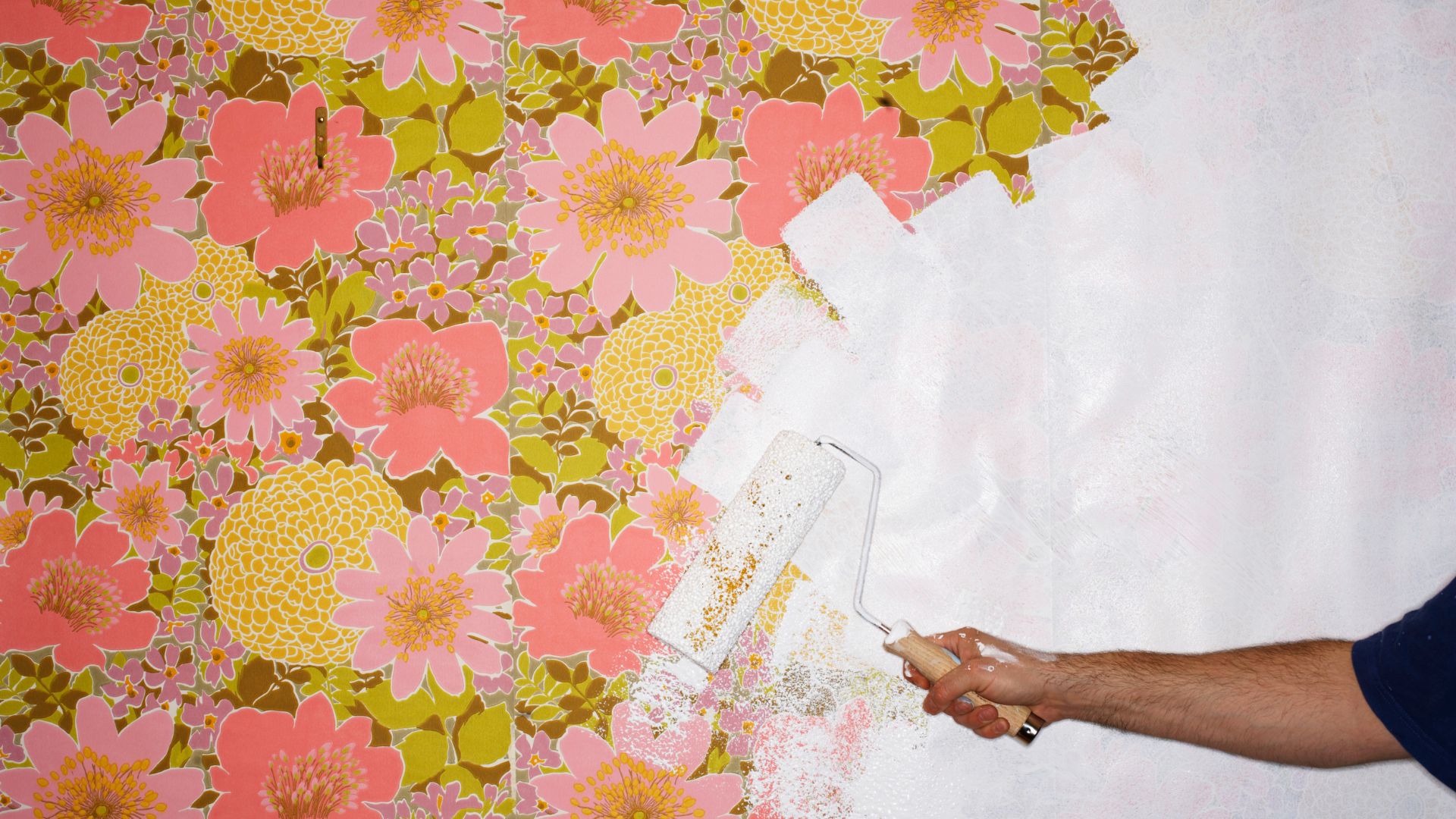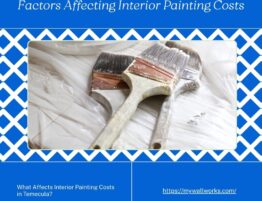
Are you looking to refresh your space without the hassle of removing your old wallpaper? Painting over wallpaper can be a quick and effective solution, but it requires the right approach to ensure a smooth and lasting finish. Whether you’re a DIY enthusiast or considering hiring interior painters, this comprehensive guide will walk you through the process step-by-step. And remember, if you’re in Murrieta and need professional help, Wall Works is just a phone call away at 951-695-5588.
Assess the Wallpaper Condition
Before you begin, it’s crucial to assess the condition of the wallpaper. Is it peeling, bubbling, or damaged? If so, painting over it may not be your best option. However, if the wallpaper is firmly adhered to the wall with no signs of damage, you’re good to go!
Choose the Right Tools and Materials
Gathering the right tools and materials is key to achieving a professional look. You will need:
- High-quality primer
- Paint suitable for covering wallpaper
- Rollers and brushes
- Painter’s tape
- Sandpaper
- Cloth and cleaning supplies
Clean the Surface
A clean surface is vital for primer and paint adhesion. Wipe down your wallpaper with a damp cloth to remove any dust or dirt. Allow the walls to dry completely before moving to the next step.
Deal with Seams and Edges
Loose seams and edges can ruin your painting job. Use wallpaper adhesive to reattach any loose parts. Press down firmly and ensure they are secure.
Prime the Wallpaper
Interior painting over wallpaper requires a good primer to prevent the wallpaper’s design from showing through and to help the paint adhere better. Apply an oil-based or shellac primer for best results. Let the primer dry as per the manufacturer’s instructions.
Sand the Walls
Once the primer is dry, lightly sand the surface with fine-grit sandpaper. This step ensures a smoother surface, which is essential for a polished finish.
Tape Off Trim and Ceilings
Use painter’s tape to protect any trim, ceilings, or adjacent walls that you don’t want painted. This helps achieve clean, sharp lines, which are signs of a professional job.
Apply the First Coat of Paint
Now it’s time for your chosen color! Apply the first coat of paint evenly using a roller. For corners and edges, use a brush for better precision.
Let It Dry
Patience is key. Allow the first coat of paint to dry completely. Check the paint can for recommended drying times.
Apply a Second Coat (If Necessary)
For a more vibrant and even coverage, a second coat might be needed. Make sure the first coat is completely dry before applying the second one.
Remove Painter’s Tape
Once the second coat is dry, carefully remove the painter’s tape. Pull the tape back over itself and at a 45-degree angle for a clean edge.
Touch Up and Clean Up
Check for any missed spots or edges that need touching up. Once satisfied, clean up your space. Wash brushes and rollers, and store leftover paint for future touch-ups.
Enjoy Your New Space
Stand back and admire your work! You’ve successfully painted over wallpaper, giving your room a fresh and updated look.
Conclusion
Painting over wallpaper doesn’t have to be daunting. With the right preparation and techniques, you can achieve a stunning finish that transforms your space. If you’re in Murrieta and looking for expert interior painters, don’t hesitate to contact Wall Works at 951-695-5588. We’re here to help make your painting project a success!
FAQs
- Can I paint over any type of wallpaper?
Not all wallpapers are suitable for painting. Vinyl, foil, or heavily textured wallpapers may require additional preparation or might not be ideal for painting.
- How long should I wait for the paint to dry between coats?
It’s important to follow the manufacturer’s instructions, but typically, you should wait at least 4-6 hours between coats.
- Is it necessary to use a primer before painting over wallpaper?
Yes, using a primer is crucial as it helps in covering the patterns and designs of the wallpaper and ensures better adhesion of the paint.
- Can I use latex paint over wallpaper?
It is recommended to use oil-based or shellac-based primers first. After the primer has dried, you can use either oil-based or latex paints over it.
- What should I do if the wallpaper starts peeling after painting?
If the wallpaper begins to peel or bubble after painting, it may not have been properly adhered to begin with. It’s best to remove the peeling sections, reapply adhesive, and touch up the paint as needed.
Ready to transform your walls without the hassle? Wall Works is here to help! Whether it’s painting over wallpaper or any other painting needs, our expert team in Murrieta is just a call away. Contact us at 951-695-5588 for a free estimate today and let us bring your vision to life!

